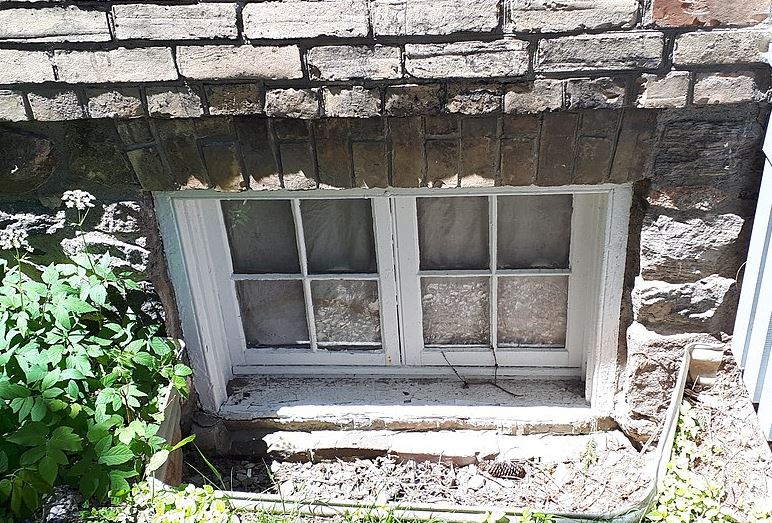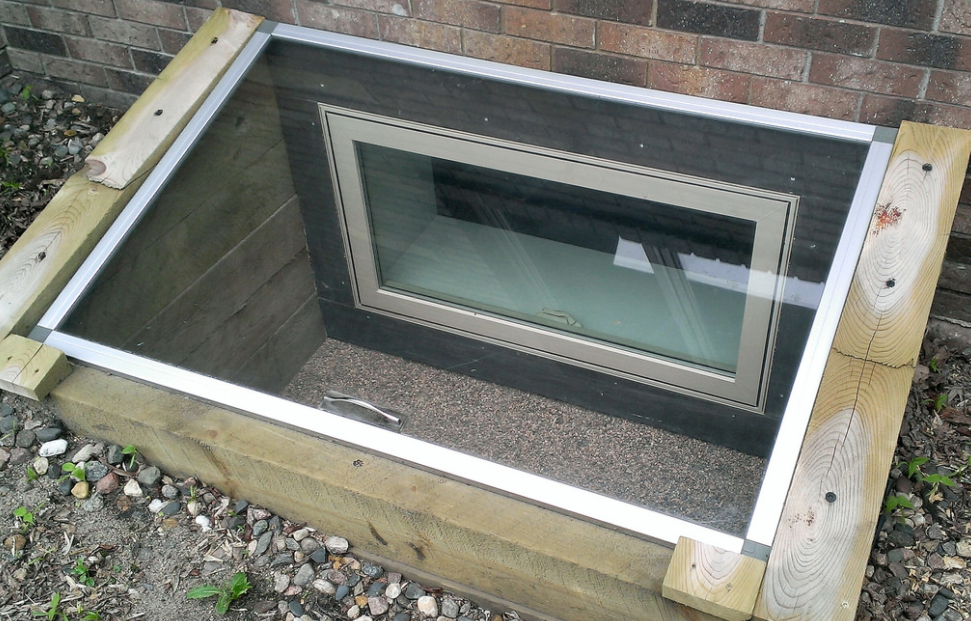
Are your basement windows leaky?
Thanks to basement windows, your basement gets its much needed dose of natural daylight. When there is no power, even a tiny hopper window can give enough light to help you locate the litter box, photo albums, or circuit breaker. Having functional and clean windows is always safer and brighter.
Sadly, your basement windows can get dark, dirty, and rusty over time. Once this happens, your basement windows lose their purpose. The worse thing about weakening basement windows is that they can leak, allowing chilly air inside during cold months.
What causes basement windows to leak and how do you fix them?
Decayed and Rotten Windows
If you notice water seeping through the edges or corners of the basement window, obviously, the windows themselves are the problem here. Steel and wood basement windows tend to rot and decay over time and this can lead to water intrusion.
To solve this issue, consider replacing your outdated basement windows with something more resistant to water. There are now waterproof basement windows with seals that don’t decay right away when it gets into contact with the different elements. Once installed properly, these windows can also stop air leaks, improving the energy efficiency of your basement.
Uncovered or Old Window Well
Old-fashioned window wells used to be made to allow the highest amount of daylight to enter basements. If left uncovered, these wells will quickly fill up with leaves, debris, and dirt. Melting water, rainfall, and water from the ground can accumulate in these wells, finding their way into your basement.
Fix this issue by covering your window wells with weatherproof covers. Look for window wells that won’t decay once they get in contact with the elements and wet dirt. You can also use a clear cover that can keep the water and debris out while still allowing light to stream into your basement. There are covers with bright reflective surface designed for bouncing sunlight to the basement. This cover can also serve as a buffer against cold winds during winter, thus making the basement much more energy efficient as a result.
Improper Drainage
Don’t forget that your basement is not a submarine. You cannot completely seal off all the water, particularly when your foundation is surrounded by improper drainage and poorly graded yard. Good thing there are several steps you can take that can help relieve hydrostatic pressure that can naturally occur from water in surrounding soils.
- Always keep the gutters clean and in proper working condition. If you don’t have them yet, it is time to install them right away.
- See to it that the terrain has been properly graded and will slope away from your home’s foundation.
- Make sure that water is indeed coming in through the windows and not another spot in the foundation that would require basement crack repairs.
- Prevent the downspouts from pouring the water near the foundation walls. Try to extend them as far as you can away from your house.
- Check that the foundation drainage is still in great condition. An internal perimeter drainage is recommended and combine this with a quality sump pump.
For expert installation of new basement windows contact foundation repairs service in Canton, Ohio.

 Egress windows are emergency windows or openings large enough to allow people to easily exit the space, and for rescue crews to gain access in case of fire or other emergency. Adding an egress window is essential any time you remodel your basement to make a new bedroom, office or other living space.
Egress windows are emergency windows or openings large enough to allow people to easily exit the space, and for rescue crews to gain access in case of fire or other emergency. Adding an egress window is essential any time you remodel your basement to make a new bedroom, office or other living space.